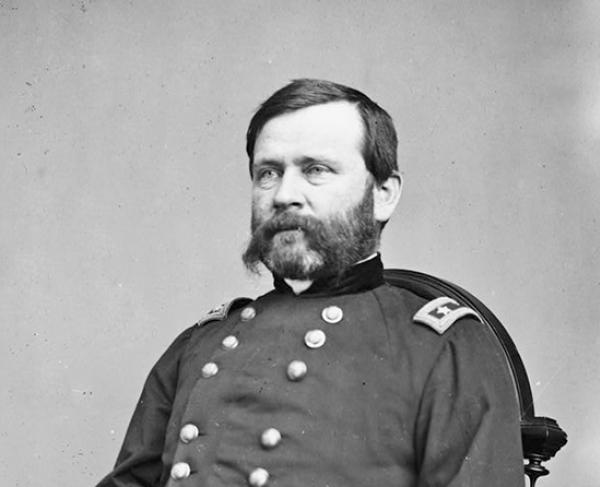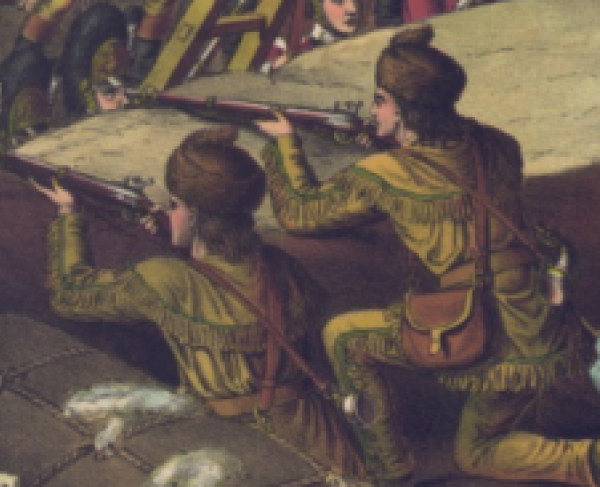William Buel Franklin

William Buel Franklin was born on February 27, 1823 in York, Pennsylvania. He attended West Point from 1839 to 1843, graduating first in his class. He was then assigned to the U.S. Army's Corps of Topographical Engineers, supervising many projects, including mapping expeditions, the construction of lighthouses, and the construction of the Capitol dome in Washington, DC.
In 1847, during the Mexican-American War and while serving under future Union General Philip Kearny, Franklin was promoted to brevet first lieutenant for his actions in the Battle of Buena Vista.
Once the Civil War began in 1861, Franklin was a natural choice for command, and he led a brigade at the Battle of First Manassas, a division during the beginning of the Peninsula Campaign, and was a corps commander by the time of the Seven Days Battles. Franklin had a close relationship with General George McClellan, and it was perhaps due to their comradeship more than personal skill, that Franklin rose so quickly through the ranks.
Franklin's performance in battle was far from stellar. During Second Manassas he was charged by General John Pope with failure to obey orders, and he also failed to relieve the garrison at Harpers Ferry before it was captured by General Thomas "Stonewall" Jackson on Sept. 16, 1862, just prior to the battle of Antietam. After General Ambrose Burnside took command of the army in November of 1862, he appointed Franklin commander of the "Left Grand Division" during the battle of Fredericksburg.
At the time, some government officials blamed the defeat of Union forces at Fredericksburg on Franklin's failure to aggressively attack the Confederate right flank, which led to a total repulse of federal troops. It is believed by historians that Franklin may have misinterpreted Burnside's orders and not committed enough men to the initial attack. This decision would come back to haunt him.
After the battle, Franklin went on the offensive against Burnside and proposed another campaign plan directly to President Lincoln without Burnside's approval. When the news of this reached Burnside, he removed Franklin from his command. Shortly afterwards, however, Burnside himself was removed from command by Lincoln. Franklin was called to testify at the Joint Congressional Committee on the Conduct of the War, where he was subsequently blamed for the failure at Fredericksburg.
Reassigned to a corps command in Louisiana, Franklin again saw defeat in the Battle of Sabine Pass in Texas on September 8, 1863. This served as another bad mark on Franklin's record. He then took part in the Red River Campaign in Louisiana and was wounded at the battle of Sabine Crossroads in April 1864. While returning from the field in July, Franklin was taken prisoner when the train he was traveling on was captured by Confederate partisans. Although hindered by his leg wound, he managed to escape when his guard fell asleep.
Franklin was never given another command during the war, and in 1866 he resigned from the army. He moved to Hartford, Connecticut and became general manager of the Colt Firearms Manufacturing Company. He also continued in engineering, supervising the construction of Connecticut's Capitol Building. In 1872 he was asked to run for President of the United States on the Democratic ticket, but declined. His retirement years were spent serving on the board of the National Home for Disabled Volunteer Soldiers. William Franklin died on March 8, 1903 and was buried in his home state of Pennsylvania.


